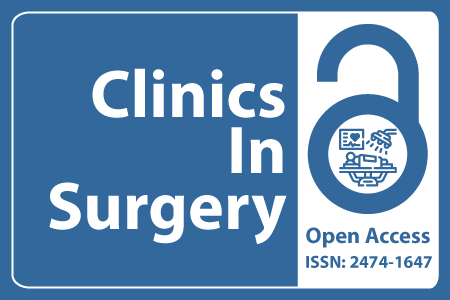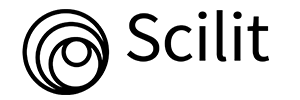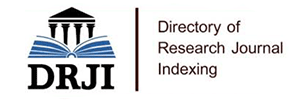
Journal Basic Info
- Impact Factor: 1.995**
- H-Index: 8
- ISSN: 2474-1647
- DOI: 10.25107/2474-1647
Major Scope
- General Surgery
- Plastic Surgery
- Oral and Maxillofacial Surgery
- Bariatric Surgery
- Transplant Surgery
- Thoracic Surgery
- Endocrine Surgery
- Gynecological Surgery
Abstract
Citation: Clin Surg. 2021;5(1):3337.Research Article | Open Access
The Role of Routine Post-Operative Computed Tomography in Acetabular Fracture Fixation
Georgios Orfanos1*, En Lin Goh1,2, Jonathan Dwyer1, Justin Lim1 and Bishoy Youssef1
1Department of Trauma and Orthopedics, Royal Stoke University Hospital, University Hospitals of North Midlands NHS Foundation Trust, UK
2Oxford Trauma, Nuffield Department of Orthopedics, Rheumatology and Musculoskeletal Sciences (NDORMS), Kadoorie Centre, University of Oxford, UK
*Correspondance to: Georgios Orfanos
PDF Full Text DOI: 10.25107/2474-1647.3337
Abstract
Aim: Acetabular fractures commonly occur following road traffic accidents or falls from height. Peri-operative fluoroscopy may be an insufficient tool in assessing them and routine post-operative CT imaging following fixation remains controversial. The purpose of this study was to evaluate the role of post-operative CT imaging in the management of acetabular fracture fixation. Methods: Retrospective analysis of a prospectively collected database from November 2009 to December 2019 yielded 121 patients in a single centre. Results: The mean age at injury of the cohort was 37.6 years old (range 13 to 73). There were significant differences between the two modalities used (p<0.001) and 10 patients (8.3%) required conversion to a THA. The mean re-operation time was 24.5 months (range 1 to 65 months). Significant association was seen between worse post-operative CT scan grade and further surgery (p<0.001). Similarly, a significant association was identified between worse post-operative radiograph grade and further surgery (p<0.001). Conclusion: CT imaging provides a lot more information over post-operative radiographs. Worse grades of fracture reduction in CT scan and post-operative radiograph are associated with reoperation. THA is decided on clinical findings and performed to alleviate post-operative arthritis, not to treat radiological grading. Furthermore, it can be used as a training tool for teaching purposes.
Keywords
Computed tomography; Acetabulum; Fracture
Cite the article
Orfanos G, Goh EL, Dwyer J, Lim J, Youssef B. The Role of Routine Post- Operative Computed Tomography in Acetabular Fracture Fixation. Clin Surg. 2021; 6: 3337..













